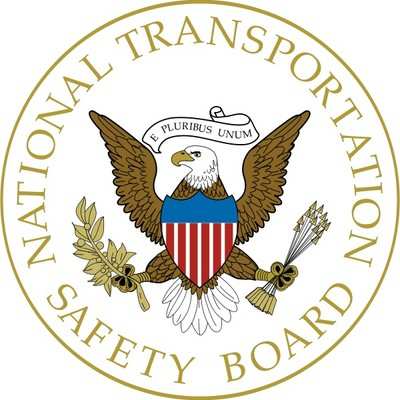The Engine Stopped Producing Power And The Pilot Performed A Forced Landing
Location: Crittenden, KY Accident Number: ERA21LA338
Date & Time: August 24, 2021, 19:26 Local Registration: N101KL
Aircraft: SCHMITT Just Acft Highlander Injuries: 2 None
Flight Conducted Under: Part 91: General aviation - Personal

On August 24, 2021, at 1926 eastern daylight time, a Just Acft Highlander, N101KL was substantially damaged when it was involved in an accident near Crittenden, Kentucky. The private pilot and the passenger were not injured. The personal flight was conducted under the provisions of Title 14 Code of Federal Regulations Part 91.
According to the pilot, who was also the owner of the experimental, amateur-built airplane, the accident occurred at the end of a 45-minute “sightseeing” flight. He departed from his farm, flew to Gene Snyder Airport (K62), Falmouth, Kentucky, performed two touch-and-go landings, and established the airplane on a northwest heading for the return flight. While in cruise flight, the pilot confirmed there was fuel visible in the “sight windows” of each wing tank and estimated that the airplane contained “an hour of fuel reserves.”
The pilot stated the airplane was established on the left base leg of the traffic pattern for landing on a field oriented 030° when at 300 ft, he decided to land on the same field to the south. He added “full” engine power and initiated a climb; however, the engine stopped producing power and the pilot performed a forced landing. The airplane crossed a road and came to rest upright with the right main landing gear separated, and substantial damage to the right wing and empennage.
A satellite image of the pilot’s property revealed two turf runways arranged end to end and divided by a paved road. The first runway was oriented 030° and about 940 ft long. The second runway bent sharply to the left, was oriented 345° and about 725 ft long.
Data downloaded from the airplane’s avionics suite depicted the airplane at 35 knots airspeed on a 290° heading about 800 ft above ground level (agl) as it crossed above the road that bisected the runways. The airplane entered a left descending 260° turn, aligned with the 030° runway, flew its full length, and was at 100 ft agl, 35 knots airspeed, and 1,024 engine rpm when it overflew the departure end and through the extended centerline at the approach end of the 345° runway. Five seconds later, the airplane was 215 ft right of centerline, at 75 ft. agl, 43 knots airspeed and 0 engine rpm. The final two targets depicted the airplane bisecting the 345° runway on the ground travelling at 35 knots before the data ended.
The pilot recovered the airplane from the accident site and placed it in his hangar prior to its examination by a Federal Aviation Administration (FAA) inspector. According to the inspector, examination of the airplane revealed the left-wing tank was empty, and “less than two gallons” of fuel was drained from the right-wing tank. Fuel fed from the wing tanks to a small header tank (about 1/3 gallon), then to an electric fuel boost pump, to the gascolator, to the engine driven pump, then to a “splitter” which supplied fuel to the two carburetors.
The gascolator was full of fuel, and fuel was present in the inlet line to the engine driven fuel pump. There was no fuel in the outlet line of the pump, or in either carburetor bowl. The pilot reported that he did not turn on the electric boost pump during the flight, nor did he turn it on as a matter of practice.
The FAA inspector resecured the fuel lines, primed the fuel system with the electric boost pump and then attempted an engine start with the airplane’s battery. The engine started immediately, accelerated smoothly and ran continuously without interruption until it was stopped with the engine controls in the cockpit.
The pilot reported that he had 427 total hours of flight experience, of which 40 were in the accident airplane make and model. At the time of the accident, the airplane had accrued 168 total aircraft hours.
 Aero-TV: DeltaHawks Diesel Power Steps Into the Spotlight
Aero-TV: DeltaHawks Diesel Power Steps Into the Spotlight NTSB Prelim: Mooney Aircraft Corp. M20K
NTSB Prelim: Mooney Aircraft Corp. M20K ANN FAQ: Turn On Post Notifications
ANN FAQ: Turn On Post Notifications ANN's Daily Aero-Linx (12.20.25)
ANN's Daily Aero-Linx (12.20.25) Aero-News: Quote of the Day (12.20.25)
Aero-News: Quote of the Day (12.20.25)



